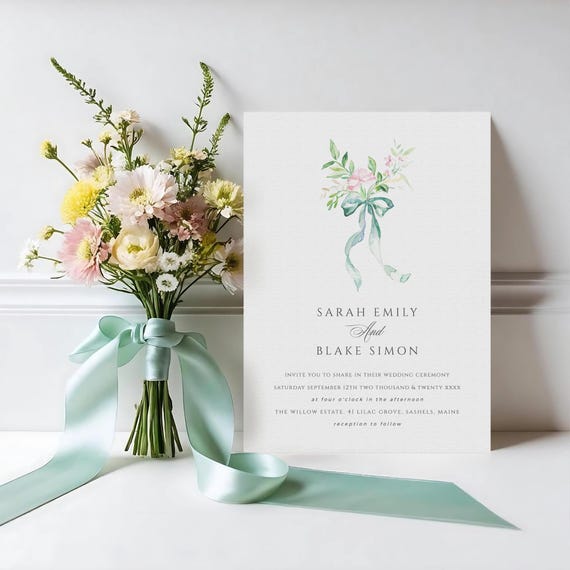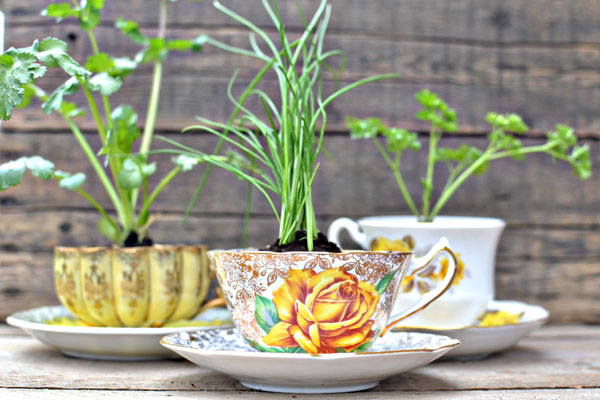
A Fall Herb Haven: Bringing the Garden Indoors
As the days grow shorter and a crispness fills the air, our thoughts turn to cozy comforts: warm sweaters, crackling fireplaces, and the comforting aromas of fall baking. But what if you could capture the essence of summer's vibrant garden and bring it indoors, ready to enhance your autumn and winter meals? Cultivating a small indoor herb garden is a delightful way to do just that, offering both culinary delights and a touch of verdant beauty amidst the changing seasons. Imagine having fresh parsley, sage, rosemary, and thyme at your fingertips, ready to elevate your favorite recipes and fill your home with their delightful fragrance.
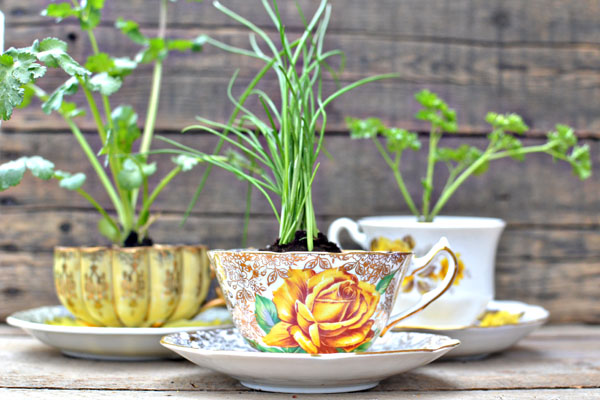
Choosing Your Herbs: A Quartet of Flavor
When it comes to selecting herbs for your indoor haven, parsley, sage, rosemary, and thyme offer a wonderful combination of flavors and aromas perfectly suited for fall and winter cooking. Parsley offers a fresh, clean flavor that brightens any dish. Sage adds an earthy depth, reminiscent of Thanksgiving feasts. Rosemary provides a piney fragrance and flavor, evocative of winter forests. And thyme brings a subtle, savory note that complements a wide range of dishes. These herbs are not only delicious in soups, stews, and roasted meats, but their fragrant leaves can also be used to create comforting teas and potpourris, adding a touch of aromatherapy to your home.
Container Selection: Grandmillennial Style
Now, let's talk about the fun part: choosing containers that reflect a "grandmillennial" aesthetic. Forget plain plastic pots; we're going for charm and character! Repurpose vintage teacups, classic Ball brand pint mason jars, and galvanized steel buckets to create a unique and visually appealing herb garden.
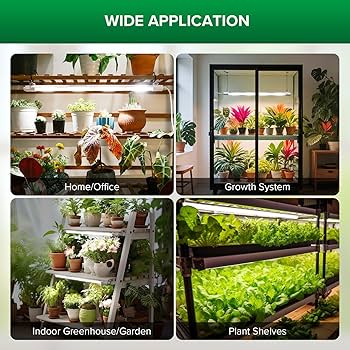
Before planting, preparation is key. For teacups and mason jars, add a layer of pebbles or broken pottery to the bottom to ensure proper drainage. Galvanized steel buckets, while charming, typically lack drainage holes. Carefully drill a few holes in the bottom before adding your drainage layer. Now, for the soil: Miracle-Gro Indoor Potting Mix is an excellent choice, providing the necessary nutrients and drainage for healthy herb growth. The mismatched charm of teacups with floral patterns, the rustic appeal of mason jars showcasing the herbs' roots, and the industrial edge of galvanized buckets all contribute to a cozy, collected look that perfectly embodies the grandmillennial style.
The Right Light: Illuminating Your Herbs
While a sunny windowsill is ideal, many homes lack sufficient natural light, especially during the shorter days of fall and winter. The Sansi 36W LED Grow Light is a fantastic solution for providing your herbs with the light they need to thrive.
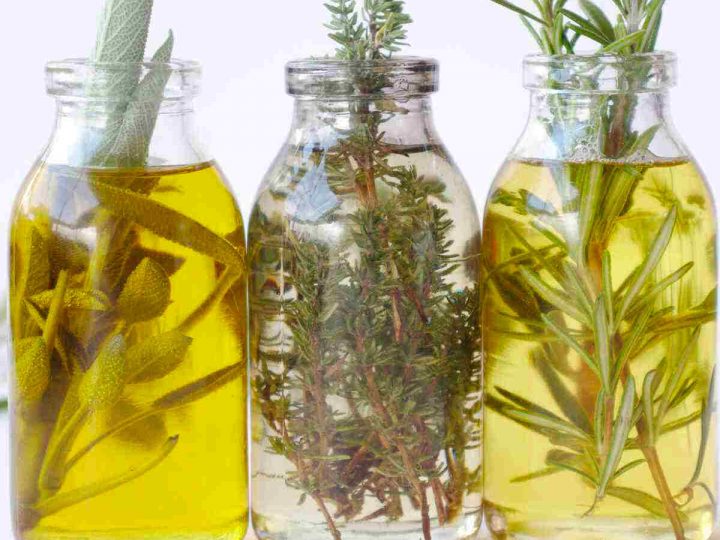
This specific LED grow light offers full-spectrum light, mimicking natural sunlight to promote healthy growth. It's also energy-efficient and produces very little heat, preventing your herbs from drying out. Position the light approximately 12-18 inches above your plants for optimal results. Using a grow light ensures your herbs receive consistent and adequate light, even on cloudy days.
Care and Maintenance: Nurturing Your Indoor Garden
Caring for your indoor herb garden is relatively simple, but consistency is key. Water your herbs when the soil feels slightly dry to the touch. Avoid overwatering, which can lead to root rot. A diluted liquid fertilizer, such as a balanced 10-10-10 formula, applied every two weeks will provide the necessary nutrients for healthy growth.
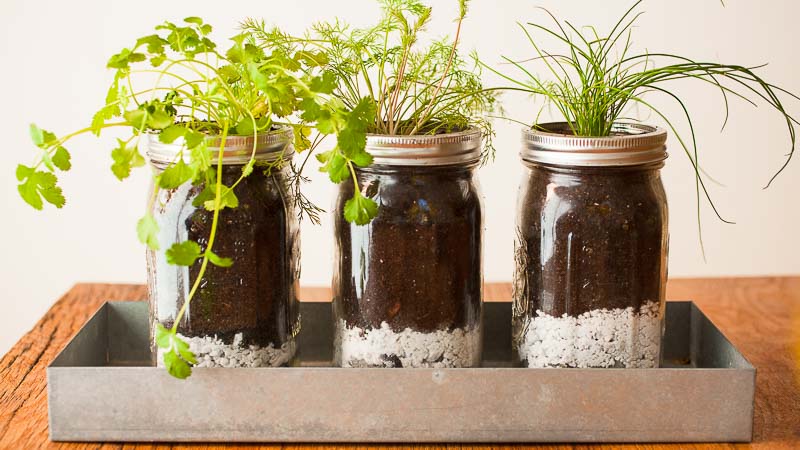
Regular pruning is also essential. Pinch off the tips of the stems to encourage bushier growth. Be on the lookout for common issues, such as powdery mildew. This fungal disease appears as white, powdery spots on the leaves. If you spot it, treat your plants with Garden Safe Fungicide 3 according to the product instructions. Early intervention is crucial to prevent the disease from spreading.
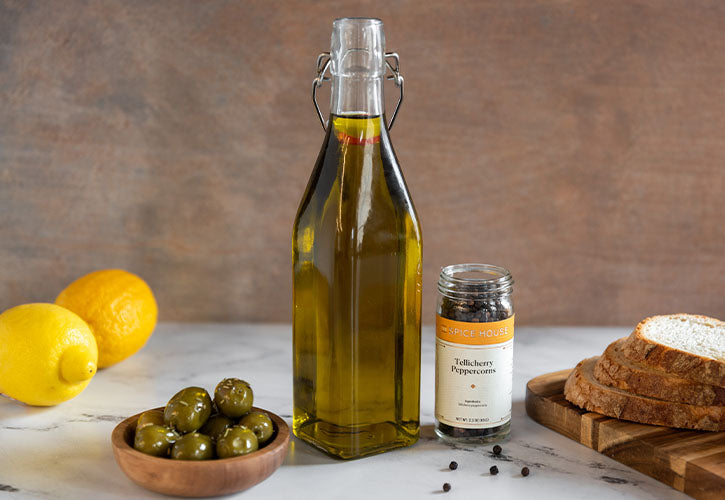
Overwatering is another common pitfall. Yellowing leaves and soggy soil are telltale signs. Ensure your containers have adequate drainage to prevent water from accumulating around the roots.
Parsley, Sage, Rosemary, and Thyme Infused Olive Oil Recipe
Now for the reward of your labor: using your homegrown herbs! This infused olive oil is simple to make and adds incredible flavor to a variety of dishes.

Ingredients:
- 1 cup California Olive Ranch olive oil
- 2 tablespoons chopped fresh parsley
- 1 tablespoon chopped fresh sage
- 1 tablespoon chopped fresh rosemary
- 1 teaspoon fresh thyme leaves
Instructions:
- Combine the olive oil and herbs in a small saucepan.
- Heat over low heat for 5 minutes, being careful not to burn the herbs.
- Remove from heat and let cool completely.
- Strain the oil through a fine-mesh sieve.
- Pour into a clean bottle and store in a cool, dark place.
Drizzle this fragrant oil on salads, use it as a dip for crusty bread, or brush it on roasted vegetables for a burst of flavor.
Conclusion
Creating a small indoor herb garden is a rewarding way to bring the beauty and bounty of nature indoors. With a little care and attention, you can enjoy fresh, flavorful herbs throughout the fall and winter months, enhancing your culinary creations and filling your home with delightful fragrances. So, embrace the grandmillennial aesthetic, gather your vintage containers, and embark on this delightful journey of cultivating your own little herb haven.
